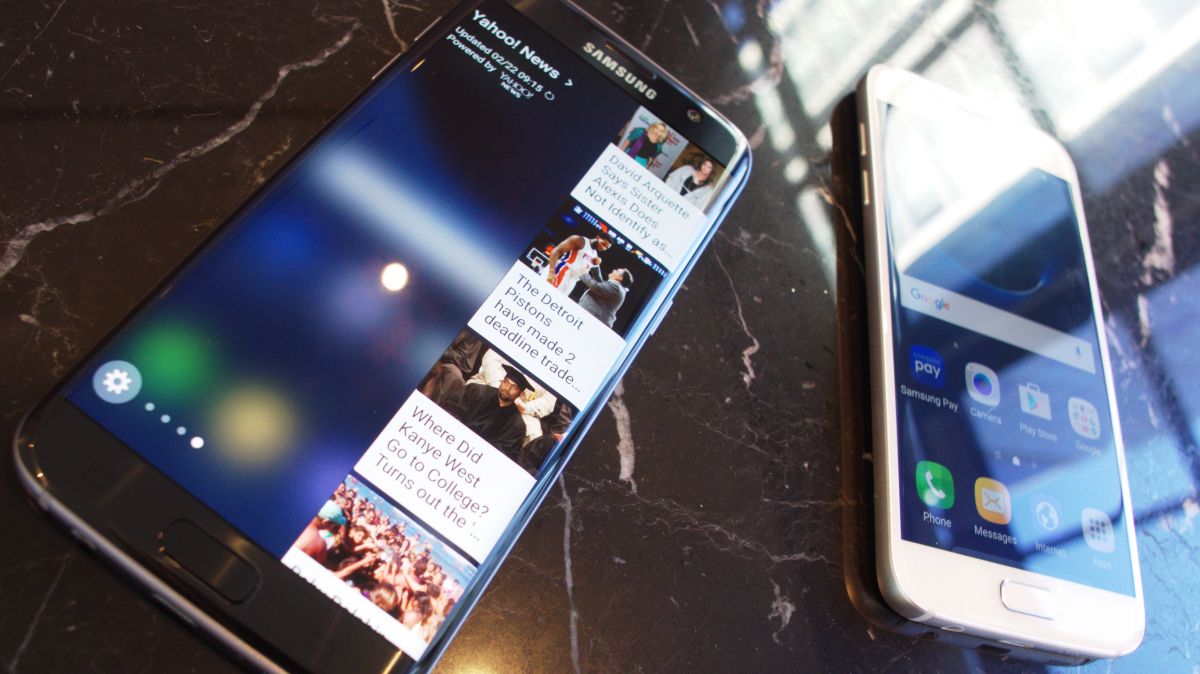
The Samsung Galaxy S7 and S7 Edge aren’t radically different in appearance from last year’s Galaxy S6 and S6 Edge, but an in-depth analysis has concluded that the new phones have the best screens of any smartphones yet.
According to DisplayMate’s analysis, the OLED displays used in Samsung’s new flagships perform markedly better than their predecessors and the competition, and are more efficient than ever.
Not only that – both phones stand out as the champions for color accuracy and contrast ratio.
The analysis found that the displays built into the two smartphones bring several hidden improvements. The maximum brightness is now 24% higher than the potential output last year’s models were capable of.
Samsung has also increased the pixel density of the S7 and S7 Edge displays, packing in 577 pixels per inch (ppi,) which, again, trounces last year’s efforts, including the larger Samsung Galaxy Note 5‘s 518ppi screen.
It’s also mentioned that, compared to all smartphones, TVs, and tablets that have come before them, the S7 and S7 Edge are the first to nail automatic brightness.
As the findings put it, most devices with the automatic brightness feature fail to correctly compensate for the true ambient lighting of your environment, which leads to a screen that’s either too bright or too dim.
At this point many users just switch off the feature, thereby fixing the brightness to a constant level, which can drain a battery quite quickly. But Samsung’s latest displays appear to be the best around at correctly balancing screen brightness with ambient lighting.
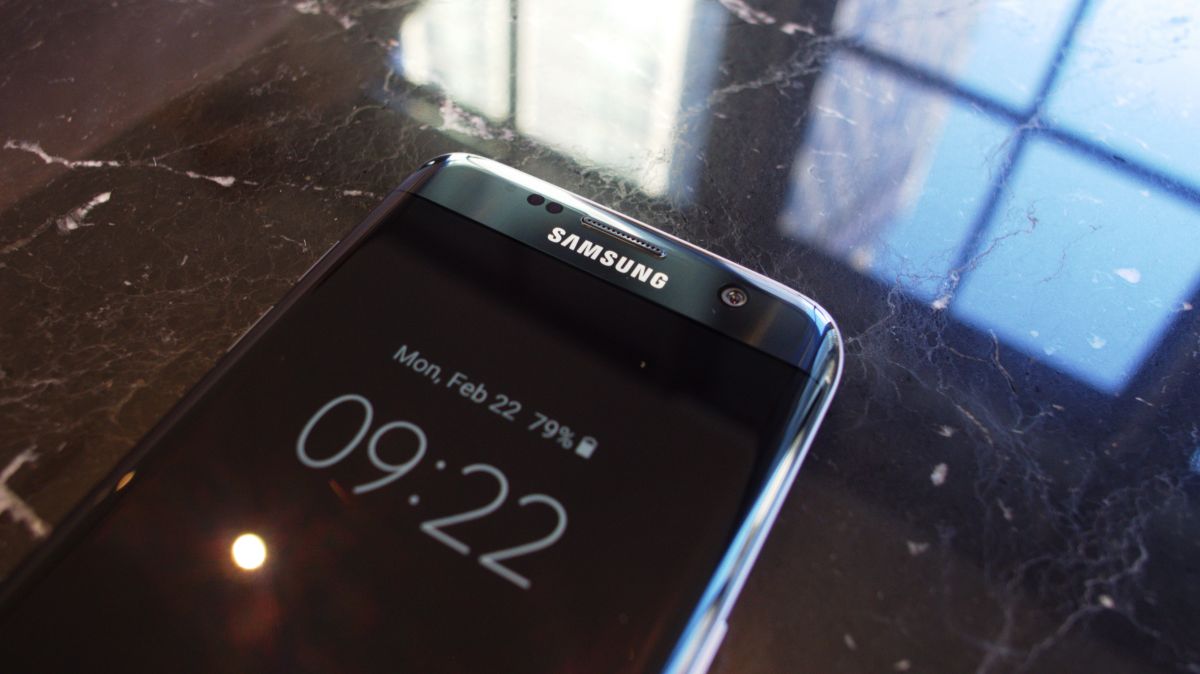
Always-on have you worried? Nonsense
Samsung inspired a lot of smiles by announcing that its latest Galaxy S phones would have bigger batteries, but much of that excitement was quelled when it was then revealed they would also have always-on screens.
But, according to DisplayMate’s research, that’s nothing to worry about. The always-on feature requires very little power to operate. It’s noted that, in a similar vein to e-ink technology, OLED displays possess a unique quality in that they can push black pixels without using any power.
Source: techradar.com





































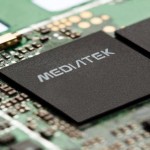


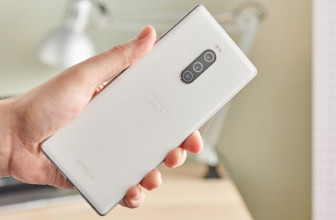
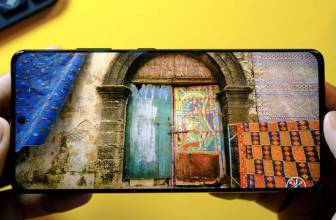
Mostly good news. I can agree that always on screen with OLED displays would not significantly drain battery since black pixels use no power. But the larger concern would then be screen burn. OLED displays are very prone to screen burn, my old galaxy s3 has a ghost image of the top status bar and the keyboard burned in. Unless the always on screen is not static, this will cause huge screen burn.
I always use Brightness Slider on my Smartphones and this does include Auto Brightness and you switch it on or off when ever you want,Samsung seem to like copying Apple with the phone stratedgy with the Galaxy S7 or S7 Edge as they look like the S6s models with Upgrades included,Samsung and other phone producers do not seem to realise that phone contracts nowdays are over 24 month not 12 months,so they could have produce much different phone Samsung instead rushing out the Galaxy S7 models early,Hope the Note 6 from Samsung does not copy the Note 5 as we never saw the Note 5 in europe,will stick my Galaxy S6 Edge plus until Full Reviews of the S7 Edge becomes available
That's my sweet spot as well. I find that it's perfect (for me) in terms of readability and making my battery last longer.
there are some contracts with 12 months, and they make a lot more money than if they were to sell a new phone once every 2 years
make your research. The ppi on s7 is the same as s6. The note had a smaller ppi because it has a bigger display and the PPI on s7 edge is around 533 because it has a bigger display than the normal s7.
It works very well on the Google Nexus 6P
Every other device including the Galaxy S4 and Galaxy Tab S2 has been dreadful always making the screen way to dim.
I always end up switching it of, putting the Brightness right to the bottom and gradually go up until it's good.
Usually I find 33-40% brightness to be plenty bright.
Auto brightness works absolutely fine on the iPhone 6S (and all previous iPhones). It doesn't work very well on the Galaxy S6 Edge +. Glad to see Samsung might finally be catching up with Apple.
Works find on sony Z2